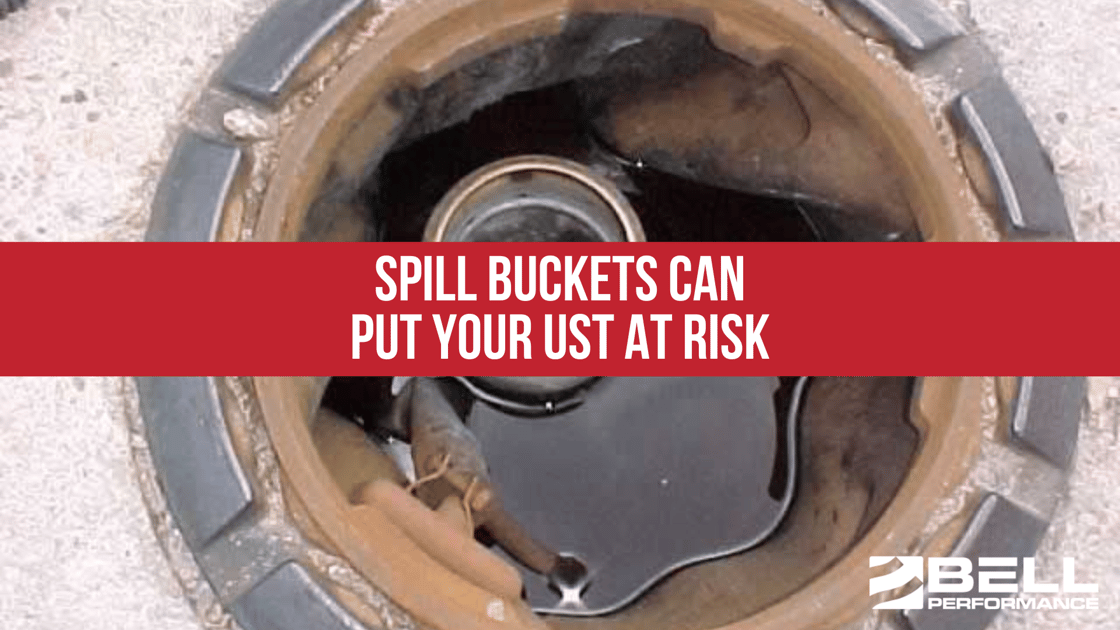The Silent Threat Lurking in Your Fuel Tanks
Ask any fleet manager who's been in the business for more than a decade, and they'll tell you the same thing: fuel care used to be straightforward....

In response to recommendations on checking underground storage tanks for water, you may say that you don’t have any water problems. You already check water levels regularly. You’re good to go.
Not so fast, my friend. Remember, there are other ways for water to get into storage tanks than what you might first think.
When you look around at your local gas station, you can often spot the fill ports for the underground fuel tanks. Look closely the next time you’re there, and if the covers are off, you can see the spill buckets in the ground, one surrounding each port.
Since 1988, regulations have dictated that these spill buckets must be present for every UST (underground storage tank) filled with more than 25 gallons of product (fuel) at any one time. Spill buckets (sometimes referred to as spill containment systems) are required to prevent spills of fuel from entering the soil. They can hold between five gallons and 25 gallons of liquid and are required to be large enough to (theoretically) hold any spill that may reasonably happen if a hose becomes uncoupled from the fill pipe during fuel transfer.
Those spill buckets will accumulate water when it rains, which means you have 5-25 gallons of water waiting to enter the storage tank when the fill port is accessed. If the spill bucket isn’t emptied before the tank is opened, all that water rushes into the tank. Water and debris can also enter the UST if the spill basket has a bad or leaky gasket.
We know you care about keeping water out of the storage tank – otherwise, why would you be commenting that you don’t have a problem because you check for water regularly? But do you think the fuel drop technician cares about any water that's in the bucket if this happens while they’re transferring fuel? He just wants to drop the fuel and get out of there. Why should he care if you get water in your tank? It's not his/her problem.
So even if you keep close tabs on water levels in your tank, you’re still at risk. There are good recommendations on how to minimize the chance of this happened – inspecting spill buckets to make sure they’re in good condition, keeping them free of liquid and debris after they fill up, and making sure spill bucket lids fit properly (and even making sure they don’t go missing).
Beyond this, you want to make sure you have a partner at the ready to help deal with the unexpected. You may never need to use them. You may never even expect to use them. But smart businesses prepare for the unexpected.
You may be interested in these other posts on Fuel Storage and Fuel Storage Tanks:
Ask any fleet manager who's been in the business for more than a decade, and they'll tell you the same thing: fuel care used to be straightforward....
Gas station owners and fuel distributors approach fuel differently than other people - they know that fuel is meant to move fast. The ideal scenario...
The amount of diesel fuel storage for emergencies is pretty vast. While the exact amount of it is unknown (partially because that volume varies from...